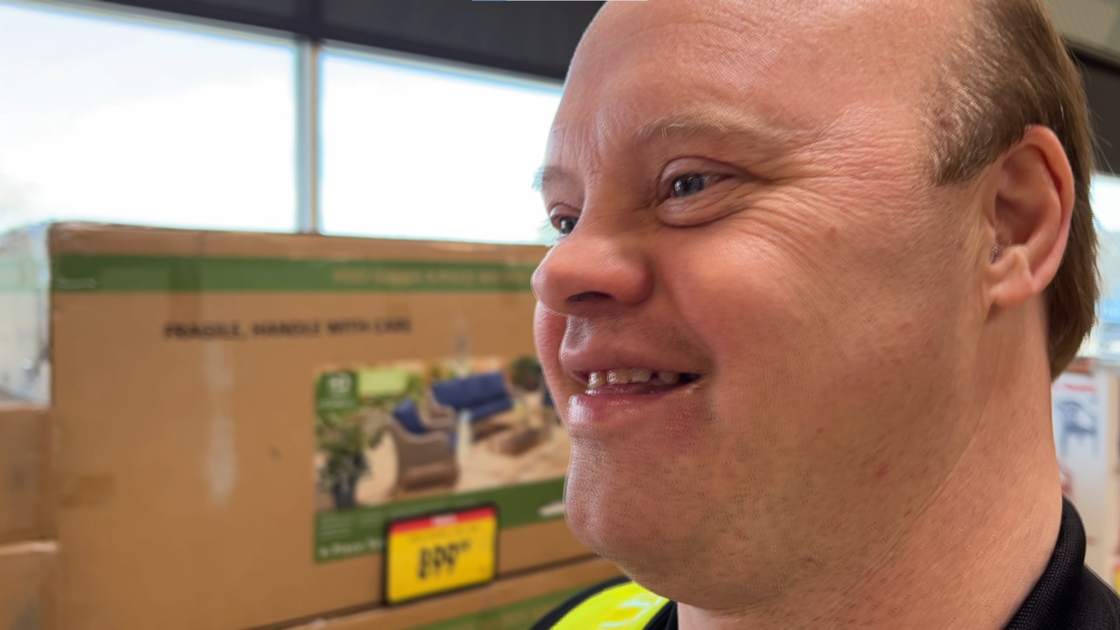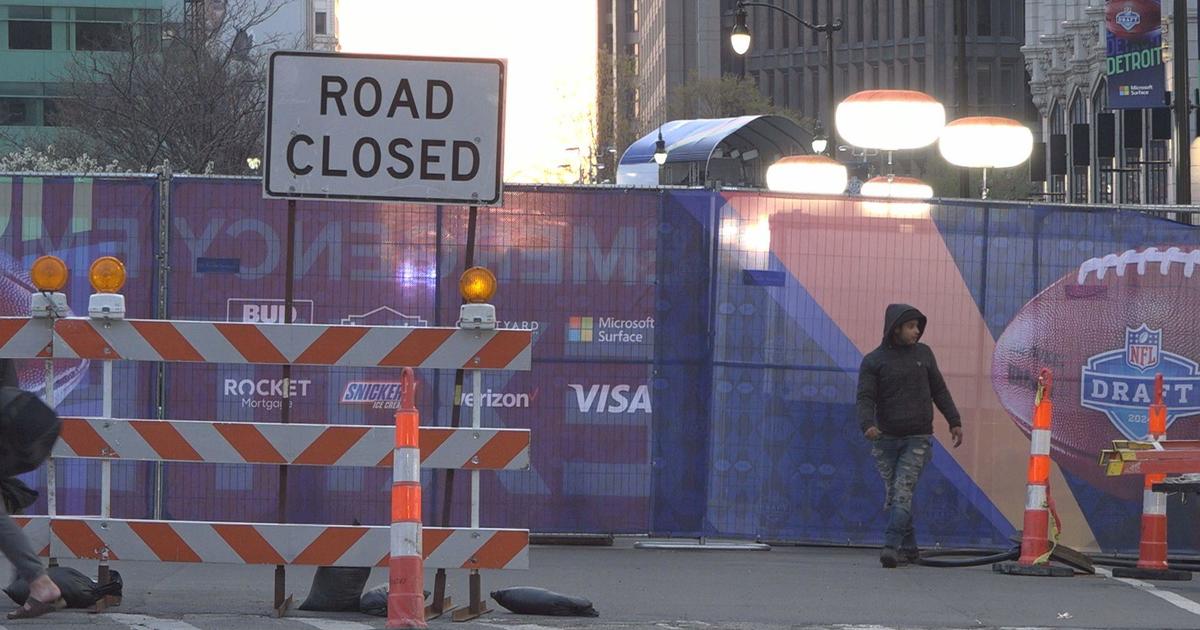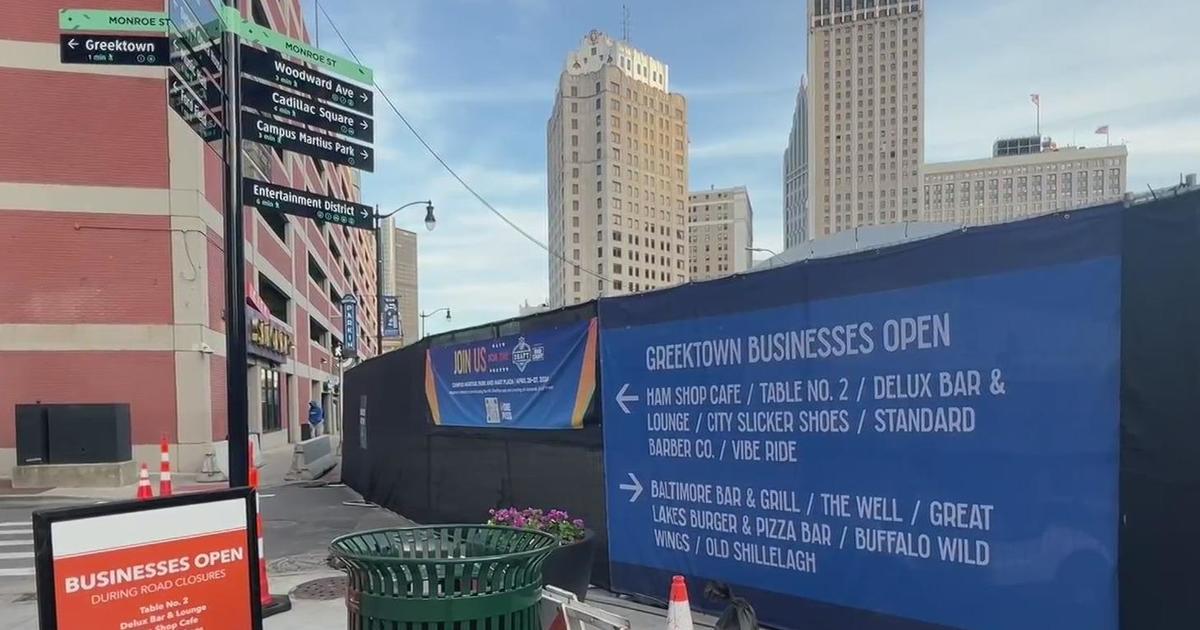Detroit Firefighter Using New Device In Therapy
DETROIT (WWJ/AP)- A Detroit firefighter who was paralyzed while fighting a blaze that injured six other members of his department is among the first patients to test a wearable robot, which is helping him walk again.
Brendan Milewski is using the Ekso Bionics exoskeleton at Rehabilitation Institute of Michigan, which is part of the Detroit Medical Center. It's among several centers nationwide that's testing the device.
"It's encouraging to people in my situation that there's hope," said Milewski, who had a trial session Thursday with the device. "We aren't designed to sit down our entire lives."
He underwent testing for about an hour on Friday.
(View more photos by Pat Sweeting here.)
"The device works so much better when you just let go and let it do its thing," said Milewski. "The engineering behind it -- it's ubelievable how it reproduces the natural gait pattern that your body normally would."
The 32-year-old was hurt when arson destroyed a two-story commercial building on Detroit's east side in 2010. Firefighters were hurt when bricks and debris fell on them. Last month, Calvin Jones was sentenced to 15 years in federal prison for the arson. He claimed he was forced to participate at gunpoint by co-defendant Samson Wright, who recently received a 15-year sentence. Wright told authorities that he was hired to set the fire as part of an insurance scam.
The exoskeleton from Berkeley, Calif.-based Ekso straps around people so they can stand upright and walk with a walker. It's propelled by electrical impulses and robotic sensors. The institute is expected to have the device for patients to use during rehabilitation in April, said spokesman Cheryl Angelelli.
Currently, Ekso is only used in rehabilitative sessions. But, it is expected to be adapted for home use in the next two-to-five years. Ekso costs about $130,000 in its present form. The home version may cost $30,000-to-$70,000.
Since Milewski was hurt, doctor visits and therapy have been a dominant part of his life. He couldn't move his arms after the accident, and his entire upper body was weak. On Thursday, his arms were visibly muscular - strong from therapy and wheelchair use.
Ekso Bionics CEO Eythor Bender said that Ekso has been in development for three to four years and it's an outgrowth of devices designed to help able-bodied militaty personalle carry heave backbacks.
Bender said reaction to the product has been posaitive
"(We're) getting it both from the professionals that are working with them as the users amazing reactions, and beyond that the family members that obviously are affected that that person who's in a wheelchair all day long," he said, adding that he's seen people travel across the world to see a loved one walk again.
Ekso physical therapist Darrell Musick said the exoskeleton likely will evolve in the future to be "lighter, faster, more fluid, better turning and more functional."
(TM and © Copyright 2011 CBS Radio Inc. and its relevant subsidiaries. CBS RADIO and EYE Logo TM and Copyright 2011 CBS Broadcasting Inc. Used under license. All Rights Reserved. This material may not be published, broadcast, rewritten, or redistributed. The Associated Press contributed to this report.)



